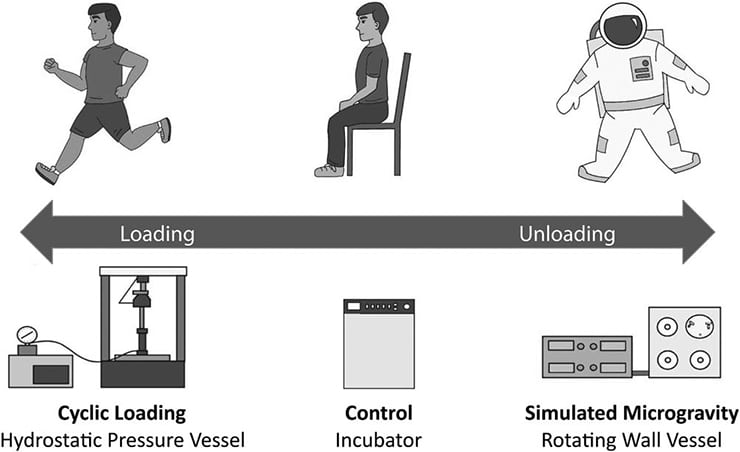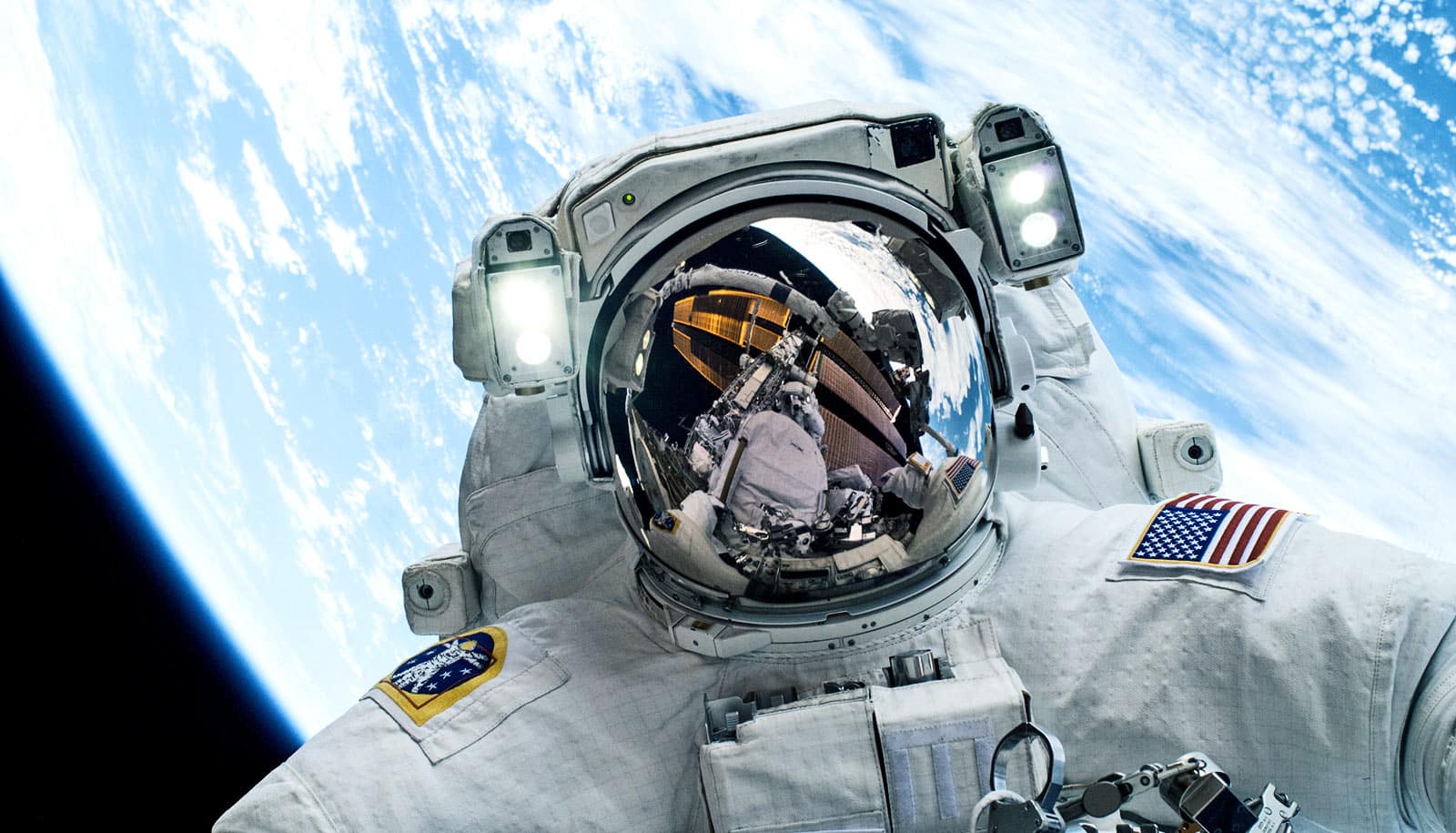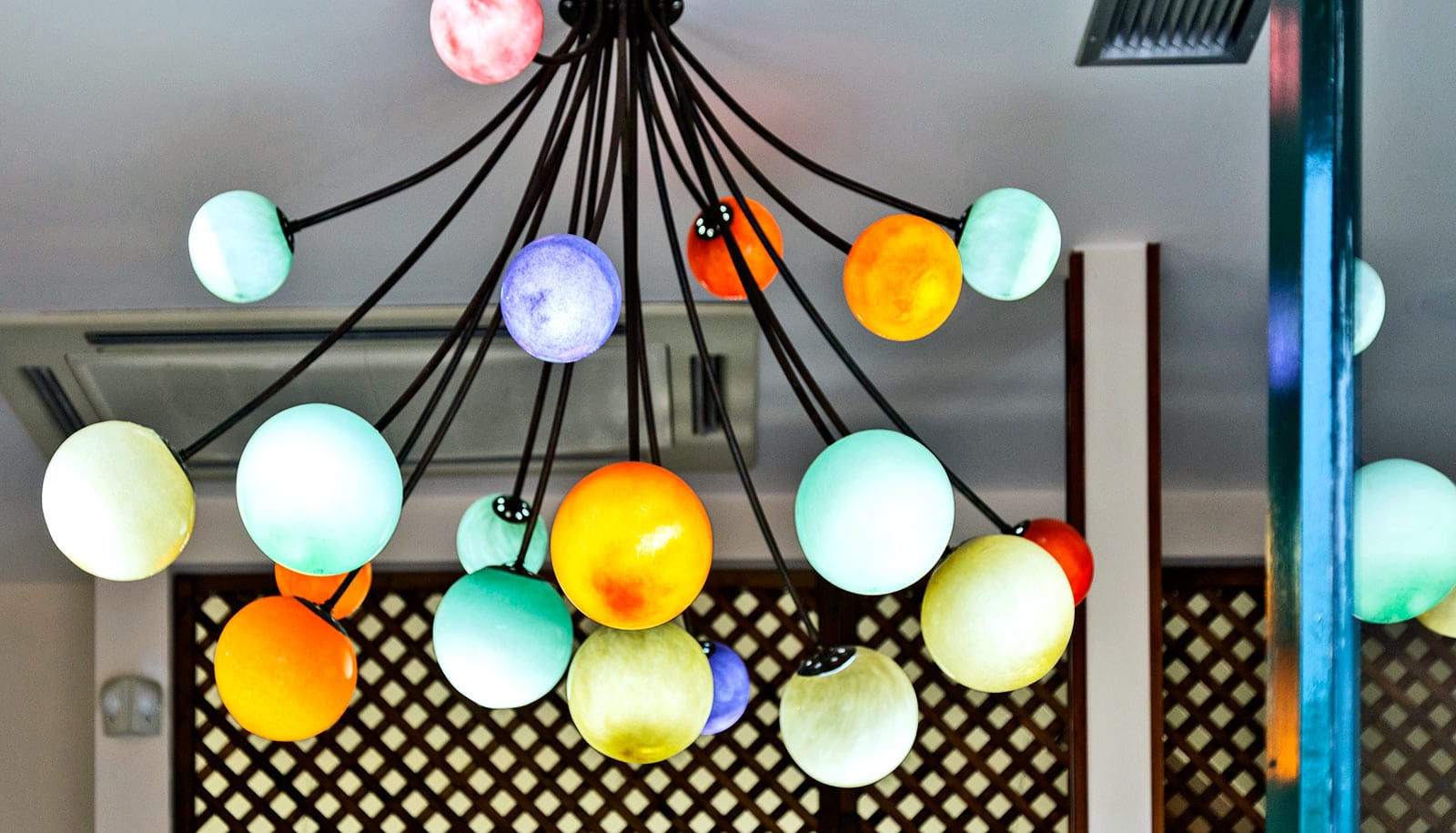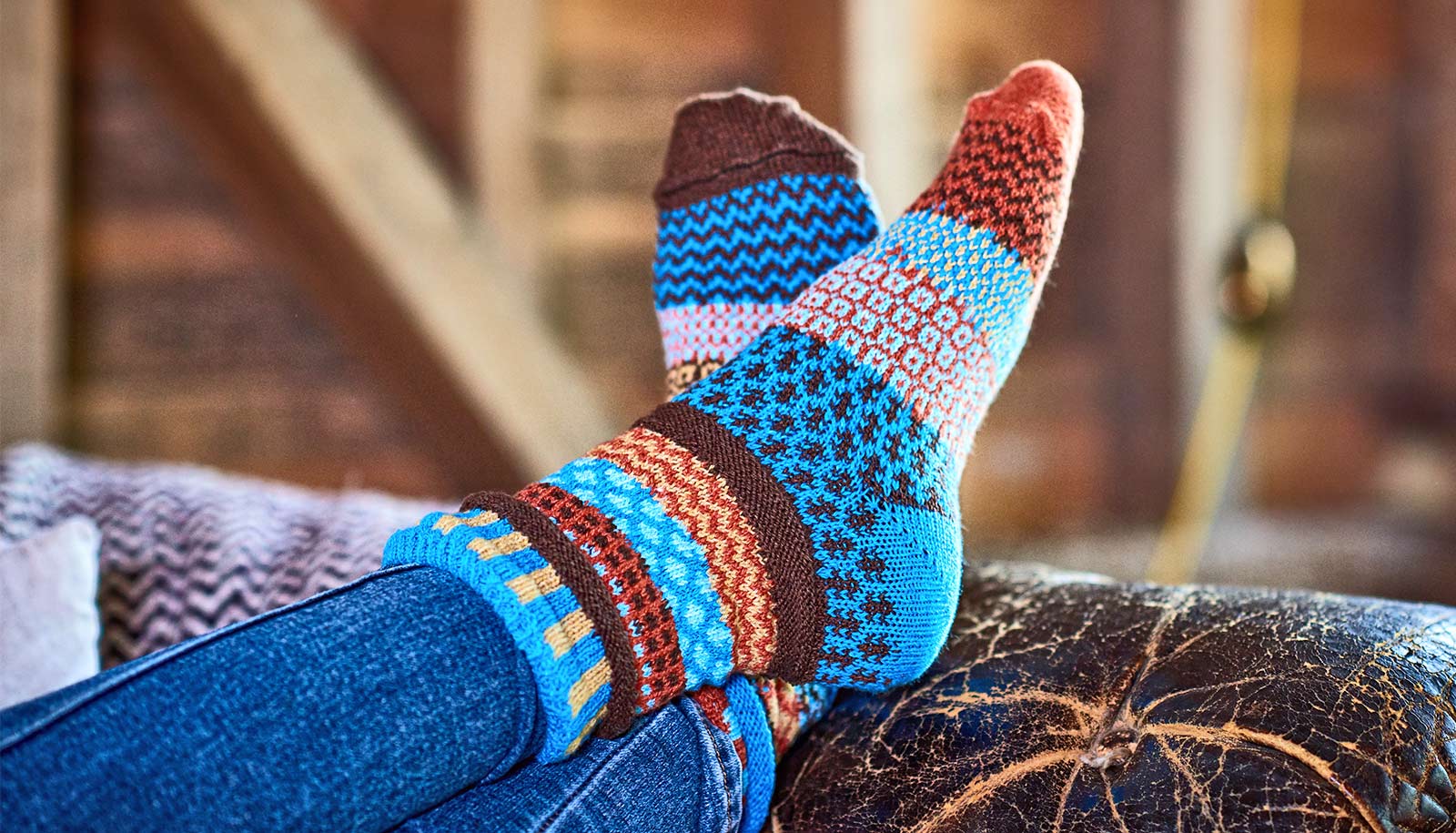Bioengineers have discovered that microgravity, experienced in space, may inhibit cartilage formation.
The research suggests that healing fractures for astronauts in space—or patients on long bed rest here on Earth—could be compromised by the absence of what’s called mechanical loading.
Mechanical loading, forces that stimulate cellular growth for development, is required for creating cartilage that is then turned to bone; however, little has been known about cartilage development in the absence of gravity or mechanical loads.

“Cartilage tissue engineering is a growing field because cartilage does not regenerate,” says Elizabeth Loboa, dean of the University of Missouri College of Engineering and a professor of bioengineering.
“Bioengineers and flight surgeons involved with astronauts’ health should consider this as they make decisions for regenerating cartilage…”
“Because these tissues cannot renew themselves, bioreactors, or devices that support tissue and cell development, are used in many cartilage tissue engineering applications,” Loboa says.
“Some studies suggest that microgravity bioreactors are ideal for the process to take place, while others show that bioreactors that mimic the hydrostatic pressure needed to produce cartilage might be more ideal. Our first-of-its-kind study was designed to test both theories,” she says.
Chondrogenic differentiation is the process by which cartilage is developed and cartilage is the basis for bone formation in the body. Additionally, cartilage does not renew itself once it breaks down or fails in the body, making it a target for bioengineers who wish to help patients regenerate cartilage from other cells.
Lab-grown cartilage mimics the real thing
Using human adipose, or fat cells (hASC) obtained from women, Loboa and her team tested chondrogenic differentiation in bioreactors that simulated either microgravity or hydrostatic pressure, which is the pressure that is exerted by a fluid.
Researchers found that cyclic hydrostatic pressure, which has been shown to be beneficial for cartilage formation, caused a threefold increase in cartilage production and resulted in stronger tissues. Microgravity, in turn, decreased chondrogenic differentiation.
“Our study provides insight showing that mechanical loading plays a critical role during cartilage development,” Loboa says.
“The study also shows that microgravity, which is experienced in space and is similar to patients on prolonged bed rest or those who are paralyzed, may inhibit cartilage and bone formation. Bioengineers and flight surgeons involved with astronauts’ health should consider this as they make decisions for regenerating cartilage in patients and during space travel,” she says.
Stem cells grow cartilage to fix hips
The study appears in Aerospace Medicine and Human Performance.
The National Space Biomedical Research Institute through NASA, the National Institutes of Health, and the National Science Foundation provided funding for the research. The content is solely the responsibility of the authors and does not necessarily represent the official views of the funding agencies.
Additional researchers contributing to the study are from North Carolina State University and the University of North Carolina.
Source: University of Missouri



